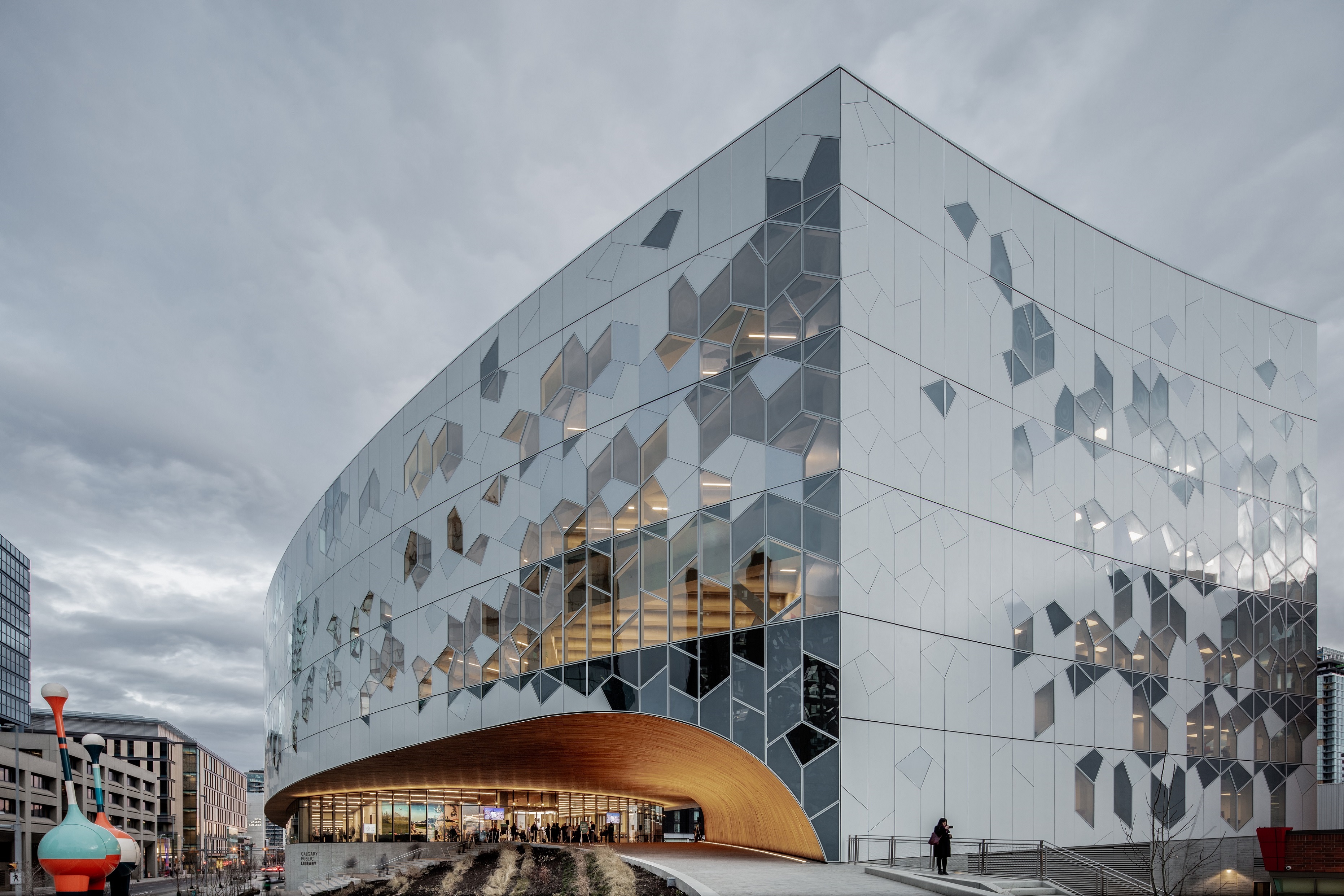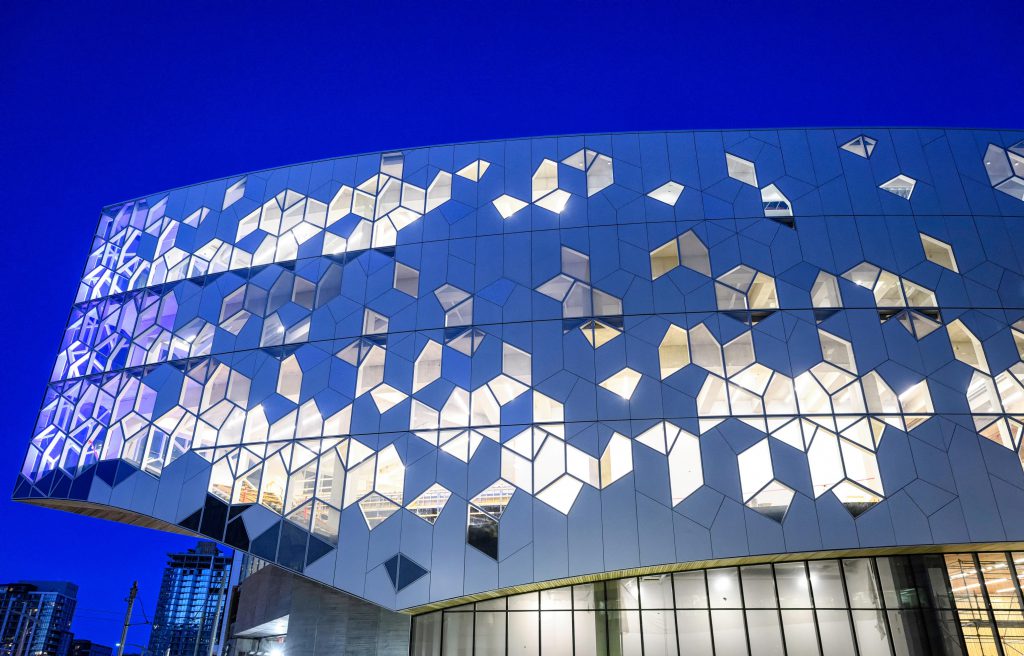

Why is LEED Certification Important?
ALPOLIC metal composite materials have been used in award-winning architectural projects across the globe since they were introduced into the architectural world in the late 1960s. So when the Calgary Central Library was recently heralded on Time magazine’s 2019 list of the World’s 100 Greatest Places, it was not surprising. In addition to its stunning, evocative design and use of natural light, the library boldly stands as a new icon of Western Canada. Maybe not as apparent as the building’s opulence, is its LEED Gold certification.
In addition to creating products that inspire architects to expand their imagination and create new, daring designs, ALPOLIC is also committed to them with products that help achieve their goals of creating sustainable places to live or work. When we hear a project featuring our finishes has earned LEED certification, we know we will see an efficient as well as beautiful building.
What is LEED Certification?
Since 1993, the U.S. Green Building Council has advocated for efficiency, sustainability and cost-effectiveness in community development. Their certification program, Leadership in Energy and Environmental Design, recognizes achievements in green building practices.
Projects under consideration for LEED status must comply to a number of requirements to receive credits, which earn the project points toward four certification levels: Certified, Silver, Gold and Platinum. There are eight categories of requirements which include Materials & Resources, Innovation and Sustainable Sites.
See the LEED site for the full list of available LEED credits.

Why is LEED Certification Important?
LEED certification helps establish confidence and trust with third-party validation of environmentally responsible construction practices. Buildings that meet or exceed LEED requirements cost less to maintain and produce less waste. Features that improve indoor air quality and natural lighting attract tenants. As a result, owners may see low resident and commercial turnover and spend less time and money to fill building vacancies.
LEED certification can also be a requirement. “The nation’s largest public real estate organization”, The US General Services Administration (GSA), now requires LEED Gold certification for all Federally-owned buildings undergoing substantial renovation or starting new construction, such as the Cesar E. Chavez Memorial Building.
How is ALPOLIC Committed to Sustainability?
All ALPOLIC materials are designed, manufactured and supplied with sustainability in mind. The high-recycle content of our MCM can support LEED projects looking to qualify for an Innovation credit. Most of our architectural stock colors earn a “Cool” rating from the Cool Roof Rating Council (CRRC) as our MCM reflects heat instead of absorbing radiant energy, reducing unnecessary energy usage. Our factory applied paint systems practically eliminates harmful VOCs before they enter the atmosphere. And at ALPOLIC, we’re committed to transparency in the manufacturing industry; supporting the adoption of Environmental Product Declarations and being the first in the industry to promote Product Transparency Declarations.
ALPOLIC metal composite materials can help your next project achieve LEED certification. For more information, our technical resources on LEED contribution and sustainability are available on our website, and you can order samples of our finishes and see the possibilities in your design.


